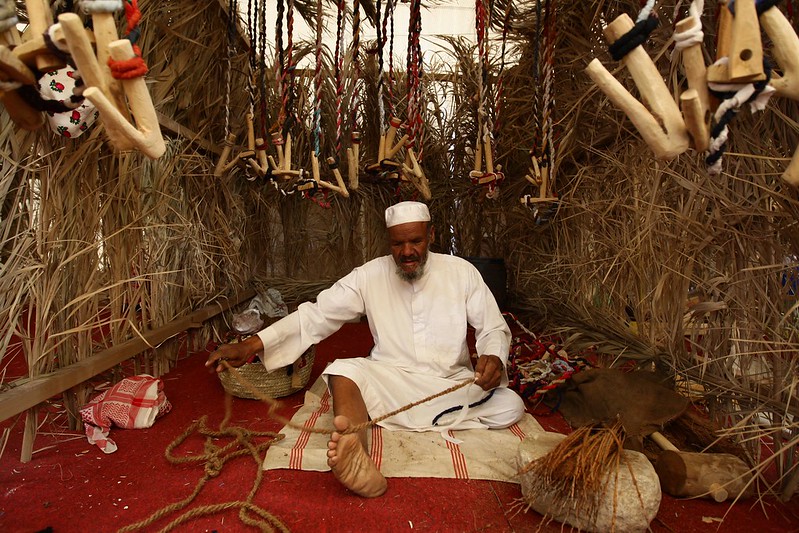 A recent report by Human Rights Watch (HRW) declared that systematic mass killings are taking place at the Saudi-Yemeni border. The casualties are migrants from North Africa, particularly Ethiopia.
A recent report by Human Rights Watch (HRW) declared that systematic mass killings are taking place at the Saudi-Yemeni border. The casualties are migrants from North Africa, particularly Ethiopia.
In the lead-up to the 2022 FIFA World Cup in Qatar, the migration system across the Gulf faced increasing scrutiny regarding human rights. But since the tournament’s conclusion, the urgency for reform has vanished. As Gulf countries embark on ambitious construction projects to move away from oil dependency, issues of labor are becoming more pressing than ever.
Saudi Arabia’s recent potential Crimes Against Humanity (according to HRW) beg for a new mode of analysis to understand the pervasive nature of human rights abuses regarding migration to Saudi Arabia. A racial perspective reveals that the system of migration in the Gulf is an essential piece of statecraft.
The Kafala
The kafala is the sponsorship system used for migration across the Gulf, Lebanon and Jordan. Each migrant is bound to a sponsor, or kafeel, who is a citizen of the respective country. The kafeel is responsible for the migrant and pays for their lodging and other expenses. Without a sponsor, there is no approval for migration to Saudi Arabia and the Gulf.
The kafeel also has authority over the migrants they are sponsoring. They can allow or deny migrants to exit or re-enter the country and can cancel their migrant’s iqama (residency permit) whenever they want.
This power results in countless abuses. According to reports, more than 6500 workers died during the construction of stadiums in the build-up to the Qatar World Cup. Whilst families and witnesses asserted that the cause of death was from squalid living conditions, on-site mismanagement and heat exhaustion, Qatar listed these deaths as natural causes.
Other abuses include rentier-seeking, with some kafeels confiscating up to a year’s wages as fees to process the iqama. Migrants often live in poor conditions without adequate access to sanitation or health care.
Sexual and violent abuse is also rampant against female domestic workers. A total of 89 Kenyan migrant women died between 2019 and 2021 in Saudi Arabia. Indonesian worker Tuti Tursilawati was executed in Saudi Arabia in 2018 for murdering her employer. The Saudi courts ignored her claims of self-defense against rape. Migrants are not just poor, but also completely demeaned, disregarded and maltreated – sometimes to the point of death.
International efforts have resulted in slight concessions through Saudi Arabia signing many labor treaties. However, the actual implementation of these have been very poor. Meanwhile, Qatari kafala reforms mostly concerned more secular language to make it more internationally palatable. The persistence of the kafala has puzzled many pundits across the world – perhaps incorporating race can provide some answers.
Racializing the Problem
All migrant workers must register under the kafala. Bina Fernandez asserts that among migrants there is a racial hierarchy. White, often corporate professional, migrants evade the abuses of the kafala and have much higher living conditions and mobility. Even outside of the kafala, this symbolically superior whiteness, which is part of the West’s colonial legacy, is expounded through them being called expats, whilst black and brown workers are called immigrants. Asian and African laborers are at the bottom of this hierarchy, working in dirty, dangerous and demeaning jobs.
Asian and African workers are spurred by poverty to migrate to the Gulf. For example, Ethiopia’s poorest 20% have experienced little growth in recent years. Therefore, they take the treacherous journey to the Gulf to access higher wages and send back money to their home country as remittances.
Migrant workers make up huge proportions of the Gulf, approaching 40% and surpassing 75% of Saudi and Qatari populations respectively. This reliance on outsourced labor breeds insecurity, especially as Asian and African workers, who do not have legitimizing whiteness, represent most migrants.
The kafala is a tool of surveillance for Gulf governments. By privatizing migration, they evade responsibility for abuses, but also informally allow them to control the migrant population. Laws prohibiting migrants from unionizing or assembling are evidence of this.
Citizens of the Gulf perpetrate this abuse to abet the racial insecurity that a large migrant population stokes, as well as to protect their investment. Access to citizenship is very slim and there are multi-generational migrants who still require a kafeel. Coupling this with its function of surveillance, it appears the kafala is a tool that serves to maintain the Gulf countries as ethnocracies.
The Future?
Gulf countries are currently trying to diversify away from oil, especially Saudi Arabia, which is embarking on the construction of the megacity, Neom, to increase tourism revenue. How this could coexist with a very restrictive migration policy remains to be seen.
Saudi efforts to decrease their reliance on migrant workers threaten the country’s fragile social contract, which promises a very high standard of living in return for submission to a totalitarian rule. Asking citizens to take on jobs currently performed by black and brown laborers contradicts this.
Policies regarding migration to Saudi Arabia started becoming more aggressive during the COVID-19 pandemic when migrants underwent inhumane conditions in various detainment camps. Yet, HRW’s report marks a clear escalation. It details how hundreds (likely thousands) of migrants have been killed through the systematic use of rifles, mortar shells and rocket launchers at the Saudi-Yemeni border. There have been other instances of abuse, including rape. Ethiopian migrants make up the bulk of the casualties, showing how stark the consequences of such a racial hierarchy can be under cultural and political approval.
Most NGOs, including HRW, focus on gathering information to address migrant issues in Gulf countries. These organizations collect data on abuse and poverty, which are often lacking. Gulf countries maintain control through oil resources and authoritarian rule, limiting the presence of in-person migrant assistance NGOs. To fully tackle the challenges of migration in the region, there is a need to consider the racial dynamics of the kafala system. Merely abolishing kafala could prove insufficient, as recent developments in Saudi Arabia show that the problem runs deeper than a policy change.
– Ryan Ratnam
Photo: Flickr
 Nowadays college students are trying to make a difference in many different ways. One of them is fighting poverty. In India, college students want to fight poverty at the grassroots level. According to the United Nations Development Program, the number of people who are in poverty dropped to 16.4% this year from 55% in 2005. Despite this positive news, many people in India are still living in poverty. Here is some information about poverty in India and what graduate students are doing about it.
Nowadays college students are trying to make a difference in many different ways. One of them is fighting poverty. In India, college students want to fight poverty at the grassroots level. According to the United Nations Development Program, the number of people who are in poverty dropped to 16.4% this year from 55% in 2005. Despite this positive news, many people in India are still living in poverty. Here is some information about poverty in India and what graduate students are doing about it.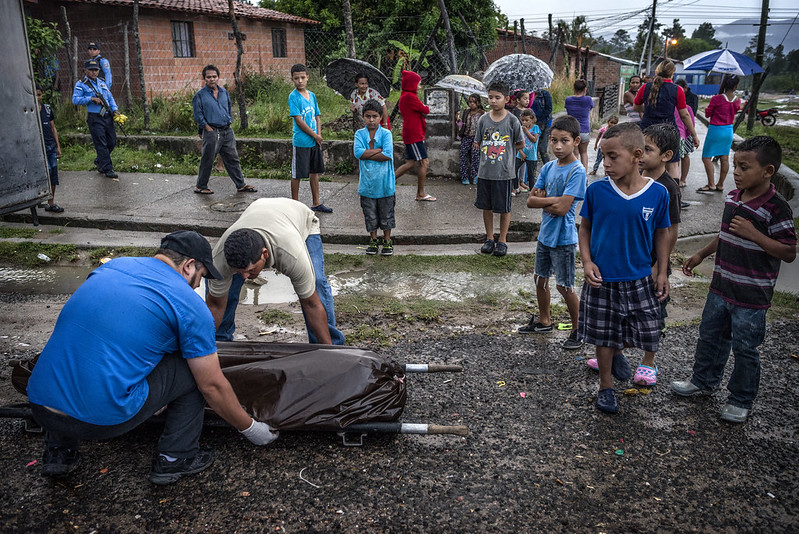
 A recent report by Human Rights Watch (HRW) declared that
A recent report by Human Rights Watch (HRW) declared that 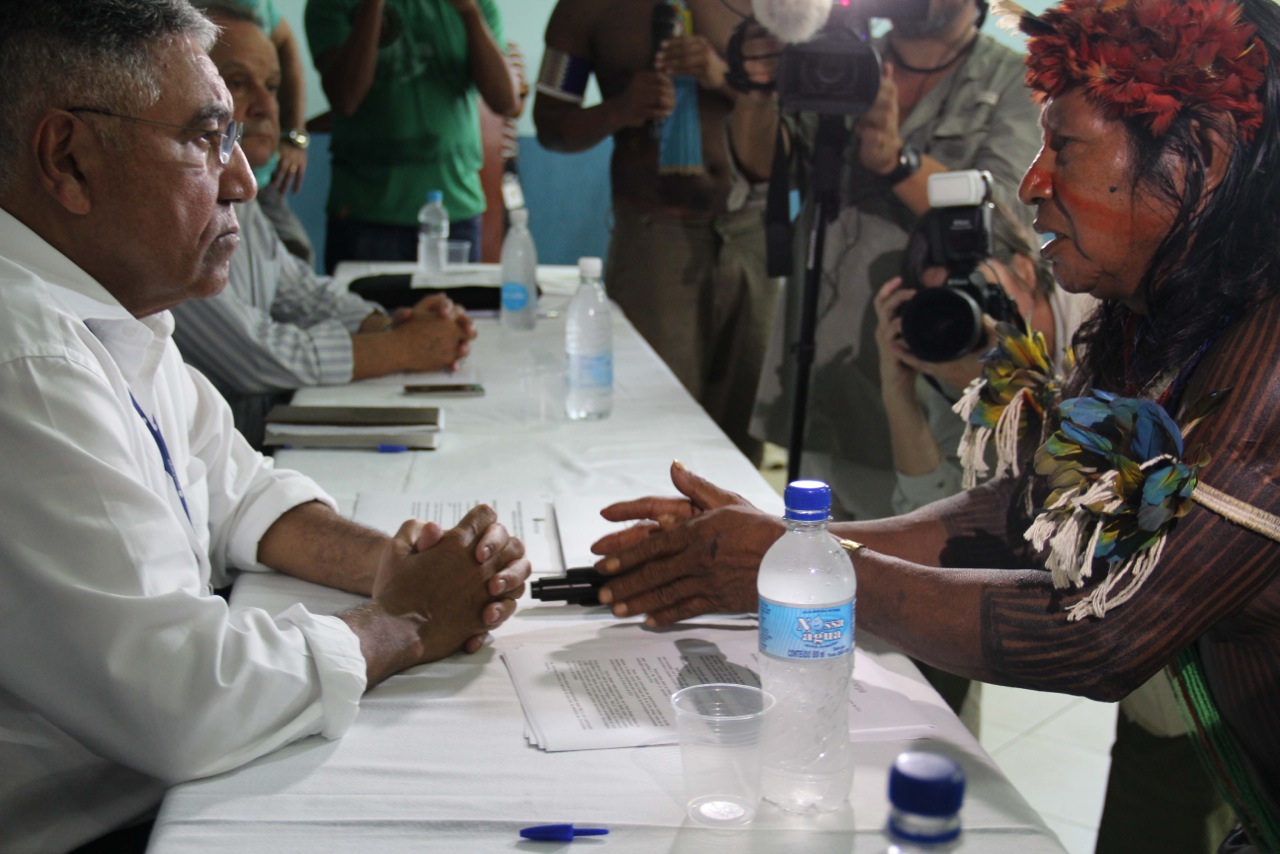 Recent reports have documented that over a span of 20 years, Brazil’s Indigenous communities have undergone an urban migration — a rural exodus. About 3,100 Indigenous people in the Javari Valley are reported to have migrated to cities, including around 300 Matis — one of several Indigenous groups in the region. Studies reveal that
Recent reports have documented that over a span of 20 years, Brazil’s Indigenous communities have undergone an urban migration — a rural exodus. About 3,100 Indigenous people in the Javari Valley are reported to have migrated to cities, including around 300 Matis — one of several Indigenous groups in the region. Studies reveal that 

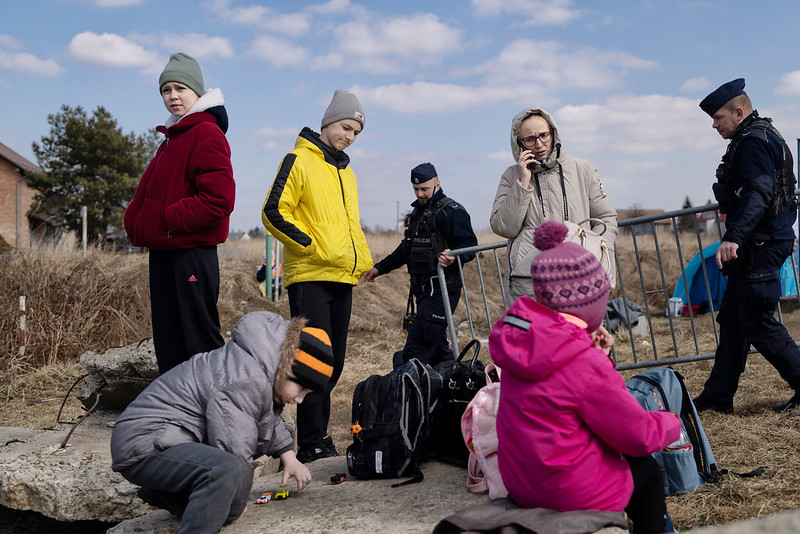 As the Ukrainian-Russian war persists, Ukrainians seek refuge in the major cities of neighboring countries. With Poland bordering the west of Ukraine, several migrants have opted for migration to areas such as Gdańsk, Kraków and Warsaw.
As the Ukrainian-Russian war persists, Ukrainians seek refuge in the major cities of neighboring countries. With Poland bordering the west of Ukraine, several migrants have opted for migration to areas such as Gdańsk, Kraków and Warsaw.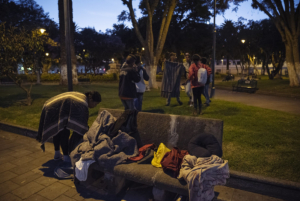 Millions of Venezuelans have been
Millions of Venezuelans have been 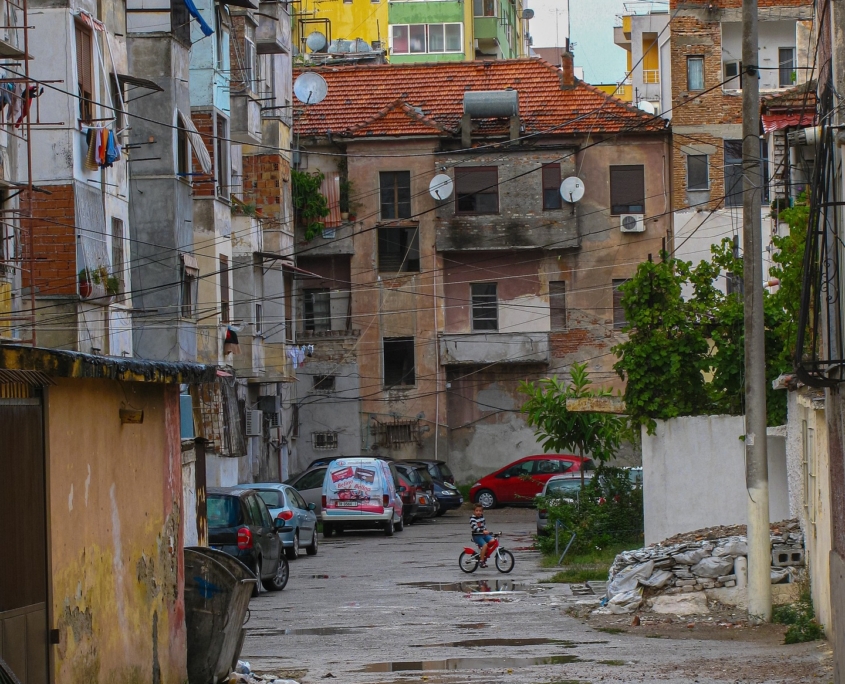 Albania, a developing Mediterranean nation with a population of 2.8 million, has experienced a significant surge in emigration. The U.K. and France are the two most preferred destinations for Albanian migrants, as these countries are home to many Albanian communities.
Albania, a developing Mediterranean nation with a population of 2.8 million, has experienced a significant surge in emigration. The U.K. and France are the two most preferred destinations for Albanian migrants, as these countries are home to many Albanian communities. In March 2023, the U.K. government set out to implement its new solution to the challenge of small boat
In March 2023, the U.K. government set out to implement its new solution to the challenge of small boat 